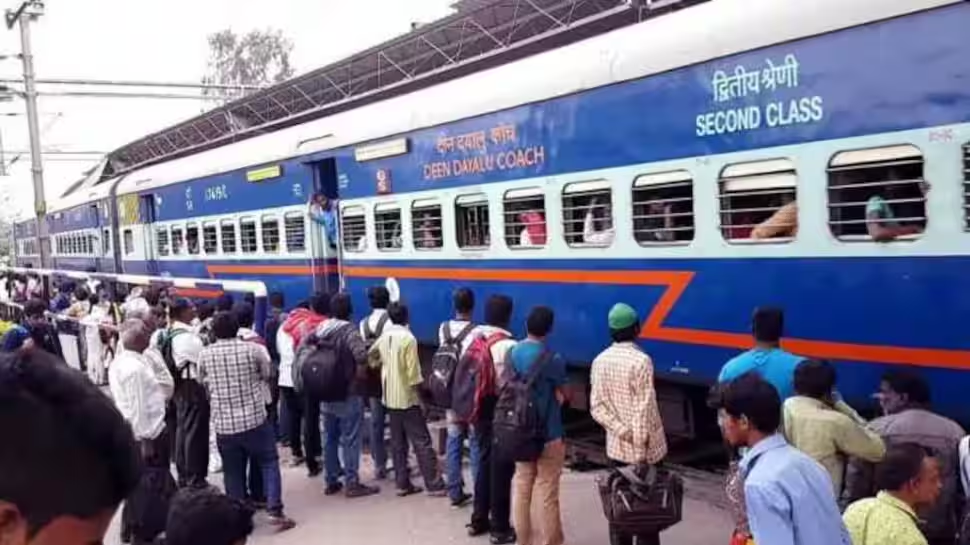The Border Line, August 15
Introduction
Indian Railways is more than just the spine of the nation—it’s a moving testament to scale, service and social impact. Yet, beneath this steel network—one that binds regions, families and dreams—is a set of persistent problems: underinvestment in maintenance, overcrowded compartments, unsanitary coaches, and shrinking profits. These are not always the fault of policy; sometimes the biggest barrier, surprisingly, is us.
Structural Deficits: Maintenance and Technical Glitches
Neglect in maintenance can be fatal. During the Bikaner–Guwahati Express derailment, a locomotive had missed crucial inspections, resulting in nine deaths and dozens injured. The investigation confirmed that the engine had skipped four maintenance cycles, highlighting gaps in oversight. Track replacements and upgrades remain underfunded, while advanced safety tools like Kavach only protect a tiny portion of the network—just 2%. [Source: Indian Express]
Cleanliness, Sanitation & Coach Conditions
Passenger accounts expose grim realities:
“I had to use my T-shirt to cover my nose… faucets were useless, mirror and toilet seemed like they haven't been cleaned in years.”Despite these, initiatives like Swachh Rail and Swachh Bharat drive improvement. Trials with high-pressure drone cleaning at Assam’s Kamakhya Station promise new standards. Civic bodies in metros like Delhi have joined with Indian Railways to clear thousands of tonnes from tracks—illustrating cleanliness as a shared job.
“Garbage under the seat, cockroaches all over the coach… banana peel, used plastics, the smell…”
“At night, attendants open doors and throw litter onto the tracks.”
Overcrowding & Passenger Pressure
Demand in urban regions pushes the system to the limit. Mumbai’s suburban rakes, designed for about 2,000 people, routinely hold over 4,500 at rush hour. Crowds force up to 16 people per square meter—what locals call a super-dense crush load. Tragically, fatalities from overcrowding average 2,000 annually. New policies cap waiting lists at 25% of berth capacity to help curb this risk.
Operating Losses: Fares, Classes and Freight Subsidy
Passenger fares lag behind operating costs: Indian Railways has lost nearly ₹40,000 crore in recent years. While AC classes occasionally break even, Sleeper, Second Class, and Unreserved categories operate at a deficit, cross-subsidized by profits from moving freight. Now, AC class revenue makes up a majority—over 54%—but non-AC still moves most passengers. [Source: Business Standard]
Passenger Behavior: A Silent Culprit
Not all problems come from the government—passengers themselves cause and perpetuate many issues:
“The mess is indeed caused by passengers… but the root issue is that the trash can is completely full…”Vandalism, littering, and fare evasion erode the system. Instances of people smashing windows for social media highlight a societal failure intertwined with official oversight.
“Dustbins in every bogie… washrooms horrendous… action against ticketless travelers…”
The Silver Lining
All isn't lost: drone cleaning, organized drives and enforcement actions signal a move towards reform. Staff are being engaged in ground-level campaigns, street plays accompany behavior change, and officers like Nagpur’s ticket examiner—who recovered ₹1,72,320 in fines from 220 ticketless travelers in a single day—demonstrate a drive towards accountability.
Conclusion
Indian Railways, caught between legacy and future, must overcome chronic losses and crowding, yes—but real change will take more than policy. Progress will demand civic participation and respect for public spaces. The rails can recover their shine, provided society and the state both step up.

